Choose the right lawn care practices to ensure a healthy and beautiful lawn.
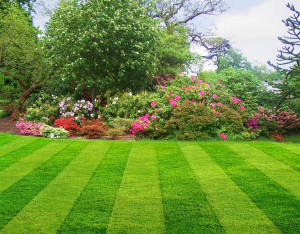 As the fun and sun of the growing season approaches in Utah County, homeowners should not forget proper lawn care practices. The care provided to your lawn now will significantly impact how it looks when you invite your friends and family over for back yard barbecues on hot, summer days. Four categories of lawn care you will want to consider are irrigation, fertilization, weed control, and mowing.
As the fun and sun of the growing season approaches in Utah County, homeowners should not forget proper lawn care practices. The care provided to your lawn now will significantly impact how it looks when you invite your friends and family over for back yard barbecues on hot, summer days. Four categories of lawn care you will want to consider are irrigation, fertilization, weed control, and mowing.
Irrigation
Living in the desert of Utah County, it is important to use our water resources efficiently to avoid waste. 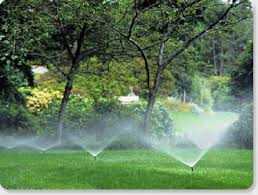 Reducing water use not only saves water, but it saves on your utilities bill. The amount of water used each year for lawn care can be a significant portion of your water bill. During the Spring season, it is best to delay irrigation as long as possible. This will stress your lawn – and that is a good thing. This light stress in the Spring will cause your grass to push roots deeper into the soil. This will enable the lawn to utilize more of the water in the soil profile, and reduce the amount of water you will need to apply during the hot, summer months. Once you do turn on irrigation, make sure your system is in good repair and your settings are optimized to ensure efficient water use. There are even free programs that provide water audits to see how efficient your system is and provide specific recommendations.
Reducing water use not only saves water, but it saves on your utilities bill. The amount of water used each year for lawn care can be a significant portion of your water bill. During the Spring season, it is best to delay irrigation as long as possible. This will stress your lawn – and that is a good thing. This light stress in the Spring will cause your grass to push roots deeper into the soil. This will enable the lawn to utilize more of the water in the soil profile, and reduce the amount of water you will need to apply during the hot, summer months. Once you do turn on irrigation, make sure your system is in good repair and your settings are optimized to ensure efficient water use. There are even free programs that provide water audits to see how efficient your system is and provide specific recommendations.
Fertilization
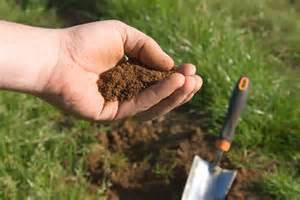 An aspect of lawn care that many people have questions about is fertilizer. What do I use? How much? When do I apply it? The answer is often “It depends.” Unfortunately, many people approach lawn care with the attitude “more is better”. This is usually not the case. Homeowners often apply too much fertilizer and they do it too frequently. This contributes to a number of problems including: thick thatch, shallow roots, insect pests, weeds, diseases, pollution, and extra mowing requirements. It is a good idea to perform a soil test to evaluate the specific needs of your lawn and implement a custom fertilizer program. This allows you to keep your lawn looking great, while preventing many of the problems mentioned above. It also is a way to remain environmentally conscientious, while saving you money on unnecessary fertilizer applications.
An aspect of lawn care that many people have questions about is fertilizer. What do I use? How much? When do I apply it? The answer is often “It depends.” Unfortunately, many people approach lawn care with the attitude “more is better”. This is usually not the case. Homeowners often apply too much fertilizer and they do it too frequently. This contributes to a number of problems including: thick thatch, shallow roots, insect pests, weeds, diseases, pollution, and extra mowing requirements. It is a good idea to perform a soil test to evaluate the specific needs of your lawn and implement a custom fertilizer program. This allows you to keep your lawn looking great, while preventing many of the problems mentioned above. It also is a way to remain environmentally conscientious, while saving you money on unnecessary fertilizer applications.
Weed Control
Weeds in your lawn will compete for resources, including water, nutrients, sunlight, and space. It is best to 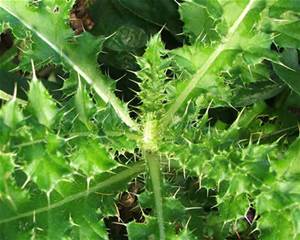 prevent weeds, if possible. By applying pre-emergent weed control products in the Spring and Fall, you will prevent many weeds from ever taking root in your lawn. For timing and application rates, it is always best to follow the label on the product that you use. Pre-emergents are an important part of lawn care, but are only effective at preventing new weeds from growing from seed. They do not eliminate existing weeds. Existing weeds, especially perennials like dandelion, will require physical removal or treatment with a broadleaf weed killer for lawns. There are many safety and environmental factors to consider when applying weed control products. If you are unsure or uncomfortable with this, you may consider hiring a professional service.
prevent weeds, if possible. By applying pre-emergent weed control products in the Spring and Fall, you will prevent many weeds from ever taking root in your lawn. For timing and application rates, it is always best to follow the label on the product that you use. Pre-emergents are an important part of lawn care, but are only effective at preventing new weeds from growing from seed. They do not eliminate existing weeds. Existing weeds, especially perennials like dandelion, will require physical removal or treatment with a broadleaf weed killer for lawns. There are many safety and environmental factors to consider when applying weed control products. If you are unsure or uncomfortable with this, you may consider hiring a professional service.
Mowing
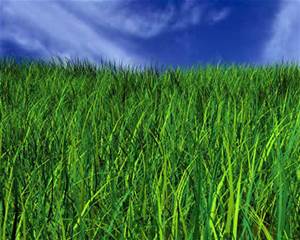 The most obvious part of lawn care is mowing and edging. While pushing or driving a mower across the lawn is not particularly complicated, there are some general principles to consider, namely: frequency and cutting height. We would all like to mow the lawn as little as possible, but it is important to mow regularly to maintain the health of your lawn. Allowing grass to grow long before cutting will result in clogged mowers and unnecessary sweat, but more importantly, it actually harms the grass. Long grass blades are often torn by the mower instead of a nice clean cut. This increases the risk of disease. Additionally, mowing long grass means removing too much of the plant at once. Typically, you should not remove more than one-third of the grass height per mowing. This leads us to cutting height, which can vary depending on the type of grass and personal preference. Some grasses can be mowed down to 0.1 inch (such as on golf course greens), but others should not be mowed shorter than three inches. Most properties in Utah County will have Kentucky Bluegrass or a blend of Bluegrass and other grasses. For these lawns, the best height is 2-3 inches.
The most obvious part of lawn care is mowing and edging. While pushing or driving a mower across the lawn is not particularly complicated, there are some general principles to consider, namely: frequency and cutting height. We would all like to mow the lawn as little as possible, but it is important to mow regularly to maintain the health of your lawn. Allowing grass to grow long before cutting will result in clogged mowers and unnecessary sweat, but more importantly, it actually harms the grass. Long grass blades are often torn by the mower instead of a nice clean cut. This increases the risk of disease. Additionally, mowing long grass means removing too much of the plant at once. Typically, you should not remove more than one-third of the grass height per mowing. This leads us to cutting height, which can vary depending on the type of grass and personal preference. Some grasses can be mowed down to 0.1 inch (such as on golf course greens), but others should not be mowed shorter than three inches. Most properties in Utah County will have Kentucky Bluegrass or a blend of Bluegrass and other grasses. For these lawns, the best height is 2-3 inches.
These lawn care principles are inter-related and will affect each other. The exact specifics of how these are implemented will vary for each lawn, but by optimizing each of these over time, your lawn will be green, healthy, and beautiful.
